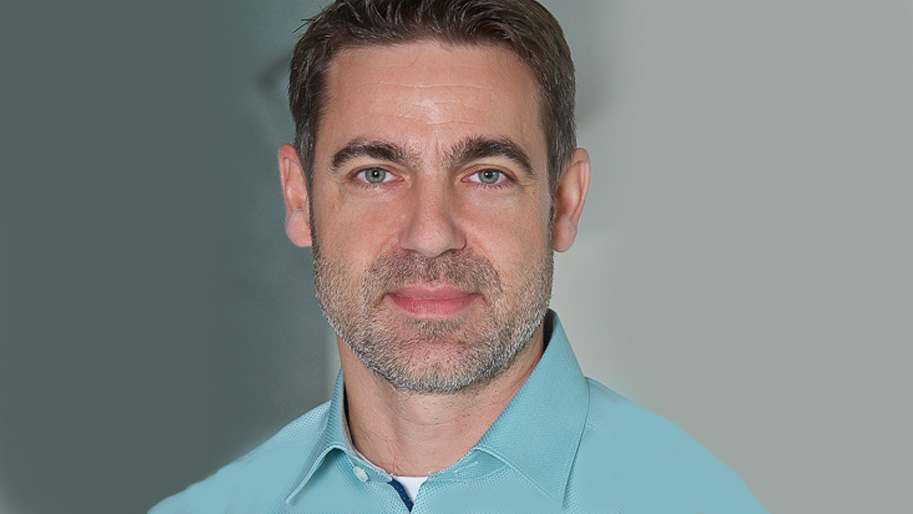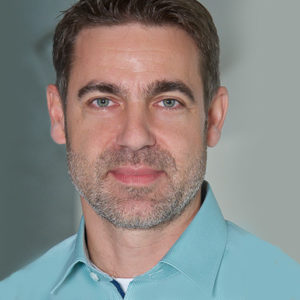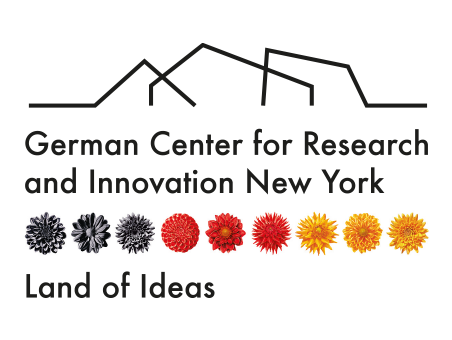Interview with Quantum Computing Researcher Guido Burkard

Dr. Guido Burkard is a professor of theoretical physics at the University of Konstanz. His research focuses on the physics of quantum computing, specifically on what physical systems can most efficiently store, process, and transmit quantum information. His research has been published in Nature, Science and Physical Review Letters among others.
In this interview Burkard discusses the mysteries of quantum mechanics, transatlantic research collaboration and new applications of quantum computing.
DWIH: Some of our readers may not be very familiar with quantum computing. Can you give us your explanation of what it is? What is your research about?
Quantum physics tells us that objects can simultaneously exist in multiple states, e.g. an elementary particle can be in two places at the same time. This is not part of our everyday experience, but it turns out that the rules of quantum physics become very apparent in the microscopic world of very small objects. For a long time, our fundamental inability to predict the whereabouts of a small object has been seen as a limitation, but since the end of the 20th century we expect that if we could build a computer that makes use of the quantum rules then such a machine would outperform any conventional computer. A quantum computer consists of bits that can simultaneously exist in the states “0” and “1”.
In our research, we investigate how solid-state systems such as semiconductors, the materials that our computers and smartphones are made of, can be used for quantum computing. E.g., we look at the behavior of individual electrons, the elementary particles that carry electric current. Electrons come with an interesting quantum property called spin. The spin of an electron can exist in the states “up” or “down”, and because it follows the rules of quantum physics, also simultaneously “up” and “down”. We want to understand how one can make the spins of a series of electrons perform an interesting quantum computation.
DWIH: What is one of the major technological obstacles quantum computing must still overcome?
Unlike conventional bits, quantum bits are very fragile. We can shield them from their environment, but this also makes it harder to control them when we run a computation on them.
DWIH: Quantum computing brings together a lot of disparate fields. You are a physicist working on IT. What challenges does this create?
I’m a physicist working mostly on physics problems that may one day have an application in IT. But indeed, quantum information science and technology in general is a very interdisciplinary field, and it is a challenge to train scientists and engineers who are experts both on quantum physics and IT.
DWIH: What is one of the biggest breakthroughs to happen recently in quantum computing?
IBM has launched a small-scale quantum that everyone can use remotely. Their machine makes use of superconducting circuits, which is another solid-state system. In my own area, last year it has become possible to couple electron spin qubits to such superconducting circuits which opens the possibility to interconnect qubits that reside on very remote locations on a computer chip. This research was pioneered by a laboratory at Princeton University that we collaborate with. In another breakthrough experiment, a small two-qubit quantum processor was demonstrated by the same group at Princeton, according to theory predictions that were done in my group at Konstanz University.

Collaboration is very important for our research. Physics is an empirical science and has always progressed when experiments and theory have worked together hand in handGuido Burkard
DWIH: The German Center for Research and Innovation exists to encourage exactly the kind of transatlantic collaboration on innovation and research that your project on stable, silicon quantum gate with Princeton and Maryland exemplifies. Can you talk about how collaboration aided your research?
Collaboration is very important for our research. Physics is an empirical science and has always progressed when experiments and theory have worked together hand in hand. This means that sometimes, experiments confront us with puzzles, questions we don’t yet know the answers to, while at other occasions, theorists make predictions or ask questions that can be tested by experimentalists in the lab. Personally, I share many interests with my colleagues at Princeton and Maryland, and we have had a very fruitful collaboration over several years.
DWIH: What potential application of quantum computing excites you most? Can you relate to those people who find some aspects of quantum computing worrisome or even scary?
Often, the systems we are trying to simulate on a computer are themselves governed by the rules of quantum physics, e.g. new materials, molecules, etc. It turns out that is extremely hard to simulate a quantum system on a classical (conventional) computer. The physics Nobel laureate Richard Feynman has pioneered the idea of quantum simulation where one would use a quantum computer to efficiently simulate a quantum system. This is an active area of research that I find very exciting.
I can even relate to people who find aspects of conventional IT scary, and the same holds for quantum IT. It’s not easy to understand how the hardware and software that makes up conventional IT works in detail. When it comes to quantum physics I can quote Feynman who said “I think I can safely say that nobody understands quantum mechanics”. So, yes, it’s a challenge.
